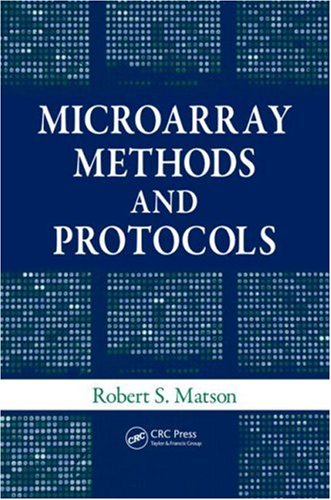

Most ebook files are in PDF format, so you can easily read them using various software such as Foxit Reader or directly on the Google Chrome browser.
Some ebook files are released by publishers in other formats such as .awz, .mobi, .epub, .fb2, etc. You may need to install specific software to read these formats on mobile/PC, such as Calibre.
Please read the tutorial at this link: https://ebookbell.com/faq
We offer FREE conversion to the popular formats you request; however, this may take some time. Therefore, right after payment, please email us, and we will try to provide the service as quickly as possible.
For some exceptional file formats or broken links (if any), please refrain from opening any disputes. Instead, email us first, and we will try to assist within a maximum of 6 hours.
EbookBell Team

4.3
58 reviewsA Step-by-Step Guide to Present and Future Uses of Microarray Technology
Microarray technology continues to evolve, taking on a variety of forms. From the spotting of cDNA and the in situ synthesis of oligonucleotide arrays now come microarrays comprising proteins, carbohydrates, drugs, tissues, and cells. With contributions from microarray experts in both academia and industry, Microarray Methods and Protocols is a turn-by-turn roadmap through the processes necessary to perform a successful microarray experiment.
This easy to use book addresses the fundamental aspects of preparing and processing microarrays and bead arrays, labeling, and detection. It also includes a detailed How it Works section that discusses the underlying principles of a number of techniques. Troubleshooting guides offer additional advice for the successful performance of more than 100 protocols in 10 chapters that cover work involving nucleic acids, proteins, carbohydrates, and lectins.
--Concise and Well-Organized--
With a focus on the preparation and use of microarrays of biomedical relevance, the text describes a variety of microarray formats useful in the assessment of human disease and in genomic and proteomic research. This authoritative resource provides detailed information regarding sample preparation, labeling, array construction processes, substrate chemistry, array printing, and quality control.
Originating with the glass microscope slide and biochip, microarray technology is now pressing onward into the nanotechnology frontier. This book is the all-inclusive manual scientists need to take microarray research to the next level of discovery.